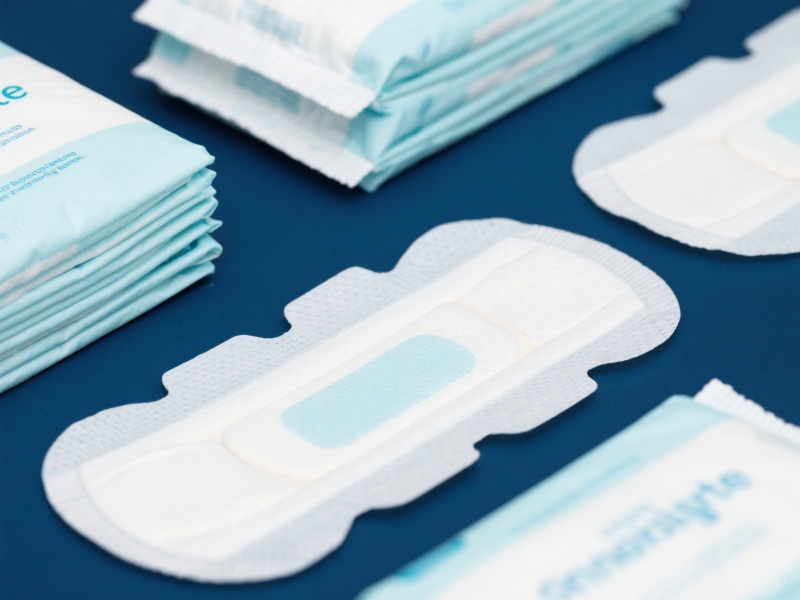It's overwhelming, especially when you’re standing in the aisle, staring at a shelf full of options labeled “pads,” “sanitary napkins,” “liners,” and more. Are they all the same? Is one better than the other? These questions are more common than you might think. Here this guide breaks things down in a way that actually makes sense.
Are Sanitary Napkins and Pads the Same Thing?

In short: yes, they are. “Sanitary napkin” and “pad” are two different terms for the same menstrual hygiene product — a thin absorbent item worn in the underwear to collect menstrual fluid. The difference is purely linguistic and cultural.
▪ “Sanitary napkin” is a more formal or traditional term, often seen on packaging, in older literature, or in medical contexts.
▪ “Pad” is the everyday, commonly used word in casual conversation and marketing today.
They both refer to the same category of products, and neither term implies any technical difference in function or design.
Why Are There Two Names for the Same Product?
Language evolves, especially when it comes to topics that were once more stigmatized — like menstruation.
The term “sanitary napkin” has been around since the early 20th century, used when brands like Kotex first introduced disposable menstrual products. Back then, the language was intentionally discreet and “proper,” catering to the taboos of the time.
Today, “pads” has become the more relaxed, user-friendly term. It’s shorter, easier to say, and reflects how people actually talk about their period. In most parts of the world, especially in the U.S., “pads” has fully replaced “sanitary napkins” in daily speech, although some product labels still use both terms.
Types of Sanitary Pads
Despite being one product, pads come in many varieties to suit different needs. Here’s a quick guide to what’s available:
Pantyliners

Ultra-thin and meant for very light discharge, spotting, or as backup for other products.
Regular Pads
For moderate flow days; typically thin, comfortable, and discreet under clothing.
Maxi or Super Pads
Thicker and more absorbent, ideal for heavier flow or overnight use.
Overnight Pads
Extra-long and wide in the back to provide full coverage while sleeping.
Winged Pads
Have flaps that fold around your underwear to help the pad stay in place and prevent leaks.
Scented or Unscented Pads
Some are lightly scented to mask odor, but unscented options are better for sensitive skin.
Reusable Cloth Pads
Made from fabric and washable, offering a sustainable alternative to disposables.
Each person’s cycle is unique, so trying a few types is often the best way to figure out what works best for your body and lifestyle.
Tips for Sanitary Buyers
Choosing menstrual products shouldn’t feel like guesswork. Here are some practical tips, especially useful if you're new to pads:
Know Your Flow
Light, medium, heavy — understanding your flow pattern helps you choose the right absorbency level.
Comfort First
Materials matter. If you have sensitive skin, go for unscented, hypoallergenic, or cotton-top pads.
Try Multiple Brands
Different brands vary in thickness, stickiness, softness, and shape. Don’t feel stuck with just one.
Check the Pad Length
Especially important for taller users, those with heavy flow, or overnight use. Longer pads provide more rear coverage.
Watch Out for Irritation
If a pad causes itching or discomfort, switch to a different type. It could be the material or fragrance.
Consider Eco-Friendly Options
Reusable cloth pads or organic cotton options are available if you want something more sustainable.
FAQs
Q1: Are pads better than tampons or menstrual cups?
Not necessarily. It’s all about personal comfort and lifestyle. Some prefer pads because they’re external and non-invasive; others prefer tampons or cups for sports or swimming.
Q2: Can I wear a pad overnight?
Yes — just choose an overnight pad, which is designed to handle longer hours and heavier flow without shifting during sleep.
Q3: How often should I change my pad?
Generally, every 4–6 hours, or sooner if it’s saturated. Wearing one too long can lead to odor and skin irritation.
Q4: Are pads safe for teenagers or first-timers?
Absolutely. In fact, pads are often recommended for teens starting their period since they’re simple to use and non-intrusive.
Q5: Do pads expire?
While pads don’t exactly “expire,” manufacturers often suggest using them within 3–5 years for best performance and hygiene. Always store them in a dry, clean place.
Next time you hear someone say “sanitary napkin” or “pad,” you’ll know they’re talking about the same thing — just with different words. What matters more than terminology is finding the product that suits your body, flow, and comfort. The menstrual care aisle doesn’t have to be confusing when you walk in with a little knowledge. And remember: there's no one-size-fits-all answer when it comes to your period — just what works best for you.


